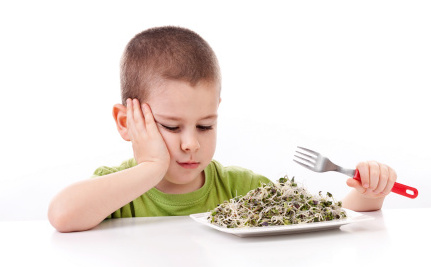Eating together is a very important opportunity for communication within the family. It is always a good chance to show children love and care and to find out about their likes and dislikes. But to some parents, it’s too much of a hassle.
As an oro-motor consultant, I often receive complaints like, “my daughter starts to cry at every mealtime,” or “my son has never touched meat or chicken.”
Most of the time, parents don’t take it seriously and see it as if their children are merely asking for more attention. While in some cases this might be the case, sometimes those children might really be having some form of feeding disorder.
A feeding disorder in infancy or early childhood is defined as the failure of a young child to gain weight over time, not because of a medical condition, but because he or she does not take in the proper amount of nutrients.
Feeding disorders include problems with sucking, chewing, or swallowing food. Some of the causes include:
- Premature neonates who are tube-fed for a long time
- Difficulty with the movement of the mouth or the tongue (oro-motor disorders)
- Children with sensory problems (for example, a child who does not like a specific texture of food)
- An attempt to get more attention
- Children with behavioral disorders
 Signs and Symptoms of Feeding Disorders
Signs and Symptoms of Feeding Disorders
- Showing difficulty with breast feeding or bottle feeding (he or she can’t efficiently hold the nipple while feeding)
- Showing difficulty in coordinating breathing with eating and drinking
- Being unable to chew hard food (3 years and above)
- Drooling excessively. Drooling is accepted till 2 years of age
- Taking too long to eat compared with children of the same age
- Showing stiffening of the body during eating
- Refusing different textures of food (for example, only pureed foods or crunchy cereals)
- Chewing food with an open mouth
- Frequent coughing, choking, or gagging during meals
- Frequent spitting up or even vomiting
- Crying when the mother starts to bring the food
- Sticking to a few types of food that are easy to eat
Diagnosis of feeding disorders is usually done after the child is carefully examined and excluding any medical condition that might be causing the disorder. Growth curve and head circumference are recorded in the process.
Laboratory results can also be taken into consideration although it is often normal in such cases.
Treatment of Feeding Disorders
Treating feeding disorders doesn’t involve only one specialist but usually requires a team of doctors including a gastroenterologist, nutritionist, behavioral psychologist, occupational and/or speech therapist. It also required a social worker to support the family and provide resources for those children.
First, any underlying medical condition should be addressed. In case of tube-fed children, they might not be able to recognize that they are hungry.
Children can experience natural fear of new tastes and textures; this is called neophobia. So, it is necessary that they are offered food in a positive manner and without feeling threatened. This also helps them not to be picky eaters in the future.
In children with oro-motor difficulties, the treatment might also involve:
- Changing the child’s position when he or she eats, choosing the most comfortable position for your child
- Feed your child while his or her back is supported
- Increasing the strength of the muscles of the mouth (by blowing bubbles, balloons, etc.)
- Increasing tongue movement (put honey on your kids’ lips and ask them to lick it)
- Improving chewing (use different food consistencies)
Speech therapists could help children who are sensitive to having something in their mouths.
 Try These Tips
Try These Tips
- Calm Down! Your child could be trying to get your attention when he or she refuses to eat
- Turn off the TV!
- Don’t offer food while your child is not hungry
- Set a fixed routine for meals
- Try to get your child involved in preparing or cooking his or her meals
- Let your child share in buying the food ingredients
- Add fun to mealtime
- Decorate the plate
- Respect your child’s appetite
- Just dip it! If your child likes sauce, dip the food you want him or her to eat in the sauce
- Be a good example for your child; eat healthy foods rather than unhealthy ones
- Enjoy eating as a family
- Offer healthy snacks between meals
- Accept some food refusal without worry
This article is from Science’s archive, originally published on an earlier date.
References:
- Ernsperger, Lori, Tania Stegen-Hanson, and Temple Grandin. “Just Take a Bite: Easy, Effective Answers to Food Aversions and Eating Challenges!” Virginia: Future Horizons, 2004.
- “Feeding Disorder of Infancy and Early Childhood.” Medline Plus. 2 Aug. 2009. Accessed 1 Mar. 2010.
- PennState Health Care reviewers. “Feeding Disorders.” PennState Children’s Hospital. Accessed 1 March. 2010.
 Signs and Symptoms of Feeding Disorders
Signs and Symptoms of Feeding Disorders Try These Tips
Try These Tips